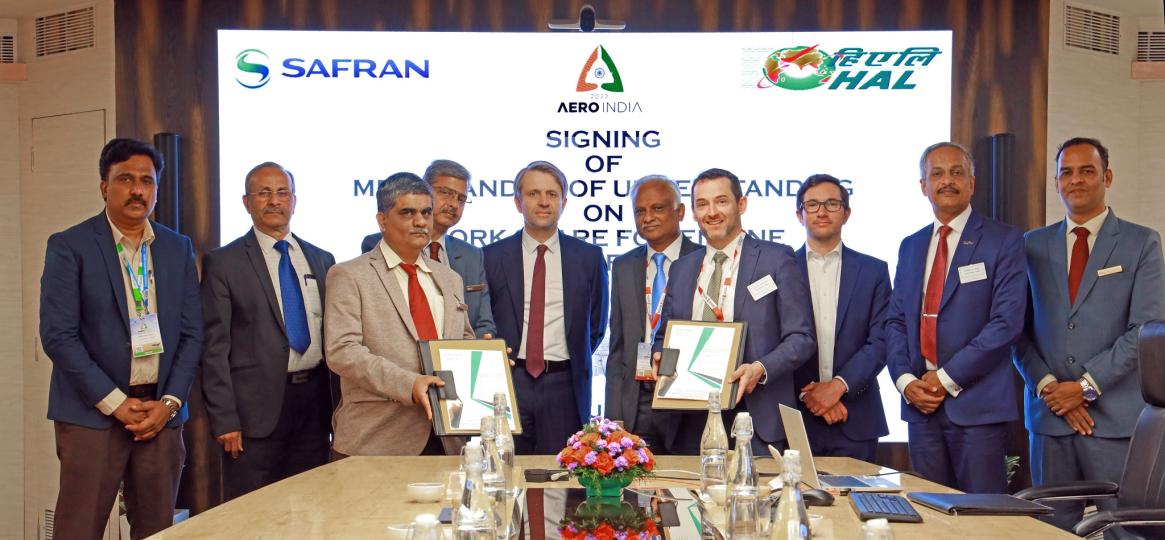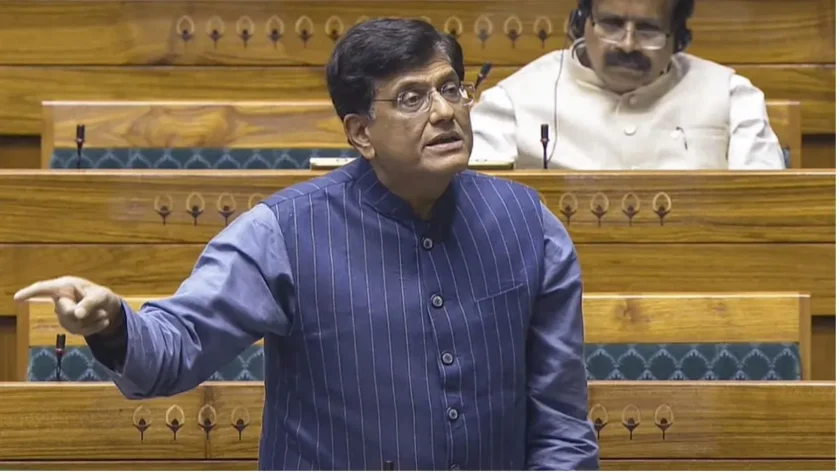New Delhi: Amid growing geopolitical tensions and the presence of two hostile neighbors—Pakistan and China—India is fast-tracking efforts to strengthen its defence infrastructure. With China reportedly preparing to supply fifth-generation fighter jets to Pakistan, India’s strategic urgency has intensified.
In a significant development, Hindustan Aeronautics Limited (HAL) has signed a landmark agreement with French aerospace giant Safran Aircraft Engines to manufacture critical components of the cutting-edge LEAP jet engine within India. This agreement marks a pivotal step toward achieving self-reliance in defence manufacturing under the “Make in India” initiative.
Deal Signed at Paris Air Show
The agreement was formalized at the 55th International Paris Air Show, one of the most prestigious aerospace events globally. According to HAL, LEAP engine parts, particularly high-thrust rotating components, will now be produced at HAL’s Foundry and Forge Division in Bengaluru. This includes the development of Inconel ring forging technology, followed by full-scale production at a newly established superalloy ring rolling facility.

The LEAP engine, known for high thrust, fuel efficiency, and lower emissions, is set to play a crucial role in powering India’s upcoming 5th-generation indigenous fighter aircraft – the Advanced Medium Combat Aircraft (AMCA).
Key Officials Involved
The agreement was signed by Abdul Salam, GM of HAL’s LCA Division, and Dominique Dupuy, Vice President (Purchasing) at Safran. It follows a Memorandum of Understanding (MoU) inked in October 2023, and a subsequent contract signed in February 2024 for the production of superalloy forged components.

HAL CMD D.K. Sunil remarked,
“We are proud to expand our long-term strategic partnership with Safran. This collaboration boosts our industrial capabilities and is a major step toward achieving self-reliance in advanced forging technology.”
Why LEAP Engines Matter
The LEAP (Leading Edge Aviation Propulsion) engine is critical for next-gen fighter aircraft because of its advanced turbofan design, which enhances speed, reduces fuel consumption, and lowers emissions. Fighter jets equipped with LEAP engines can travel faster and longer, consuming less fuel while maintaining stealth capabilities.

This makes LEAP a game-changer for military aviation—particularly vital for fifth-generation fighter jets that rely on speed, radar evasion, and fuel economy. Global aircraft giants have already adopted LEAP technology, underlining its relevance and reliability.
Strategic Context: India’s Defence Response
As China’s aggressive expansionism continues and Pakistan remains a hub for cross-border terrorism, India faces mounting pressure to modernize its defence systems. The potential supply of Chinese 5th-gen fighter jets to Pakistan has only deepened strategic concerns.
India is pursuing a dual-track approach:
-
Immediate procurement of 5th-gen fighter aircraft.
-
Indigenous development of the AMCA, supported by global collaborations like this one with Safran.
A Step Toward Self-Reliance
The HAL-Safran partnership is a critical enabler of India’s vision to build ultra-modern defence capabilities domestically. The project not only brings advanced technologies to India but also creates a manufacturing ecosystem that will serve future defence programs and exports.
As geopolitical challenges grow, India’s commitment to innovation, indigenous development, and international collaboration is positioning it as a stronger and more self-reliant defence power in the Indo-Pacific region.





